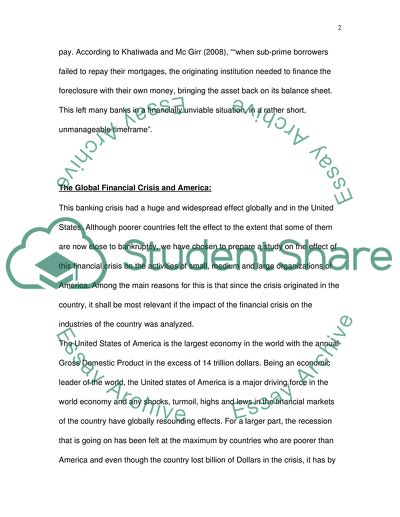Cite this document
(Financing the Business Sector During the Credit Boom and the Credit Research Paper, n.d.)
Financing the Business Sector During the Credit Boom and the Credit Research Paper. Retrieved from https://studentshare.org/macro-microeconomics/1735336-financing-the-business-sector-during-the-credit-boom-and-the-credit-crisis-2004-2010
Financing the Business Sector During the Credit Boom and the Credit Research Paper. Retrieved from https://studentshare.org/macro-microeconomics/1735336-financing-the-business-sector-during-the-credit-boom-and-the-credit-crisis-2004-2010
(Financing the Business Sector During the Credit Boom and the Credit Research Paper)
Financing the Business Sector During the Credit Boom and the Credit Research Paper. https://studentshare.org/macro-microeconomics/1735336-financing-the-business-sector-during-the-credit-boom-and-the-credit-crisis-2004-2010.
Financing the Business Sector During the Credit Boom and the Credit Research Paper. https://studentshare.org/macro-microeconomics/1735336-financing-the-business-sector-during-the-credit-boom-and-the-credit-crisis-2004-2010.
“Financing the Business Sector During the Credit Boom and the Credit Research Paper”, n.d. https://studentshare.org/macro-microeconomics/1735336-financing-the-business-sector-during-the-credit-boom-and-the-credit-crisis-2004-2010.


